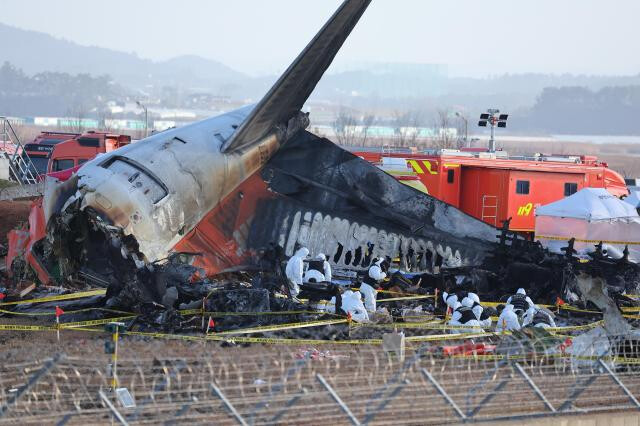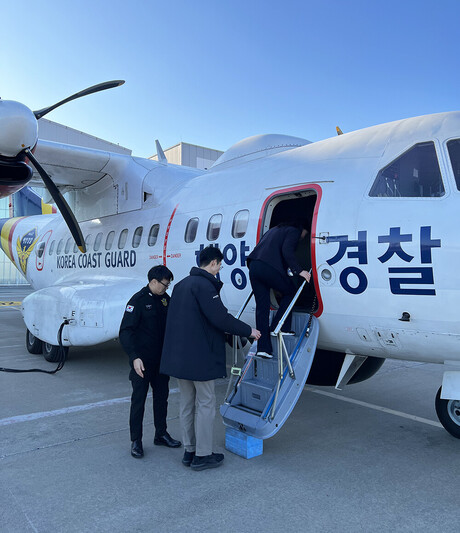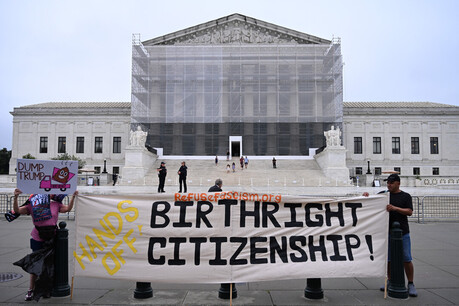
Seoul, South Korea – Aviation experts from around the world are casting doubt on the design of Muan International Airport after a recent fatal crash involving a Jeju Air passenger plane. Their findings suggest that a concrete structure at the end of the runway may have significantly contributed to the severity of the incident.
In interviews with major international news outlets, aviation safety experts have highlighted the unusual placement of a concrete structure at the end of the runway. They argue that this structure, designed to prevent aircraft from overrunning the runway, may have acted as a solid barrier, causing the plane to break apart upon impact.
“This is a very complex accident,” said Hassan Shahidi, president of the non-profit Aviation Safety Foundation. “There are many factors that investigators need to look at.” Shahidi emphasized that the placement of structures on an airport is governed by international standards and that investigators will be keen to determine if these standards were adhered to.
David Learmount, a UK-based aviation safety expert, told the BBC that “if the obstacle hadn't been there, most, probably all, of the people on board would have survived.” Learmount pointed out that while the aircraft had experienced multiple failures, including a failure of the landing gear and flaps, the landing itself was executed as well as could be expected. The significant loss of life, he argued, was directly attributable to the impact with the solid concrete structure.
Other aviation experts, including a former Lufthansa pilot and a veteran pilot, echoed these concerns. They noted that such concrete structures at the end of runways are uncommon and that the runway should have been designed to allow for a softer impact in case of an overrun.
While the bird strike has been widely reported as a contributing factor, experts suggest that it may not have been the sole cause of the disaster. They have also questioned why the landing gear failed to deploy, suggesting that there may be additional factors at play.
"Bird strikes are very common, and so are landing gear problems," said Jeffrey Thomas, editor of Airline News. "Bird strikes happen very often, but they don't generally cause air crashes by themselves."
Sonia Brown, a researcher at the University of New South Wales, Australia, noted that modern aircraft are designed with bird strikes in mind. She also pointed out that even if the primary hydraulic system for the landing gear failed, there should have been a backup system.
As investigators continue to examine the evidence, it is clear that the design of Muan International Airport is under intense scrutiny. The experts' findings raise serious questions about the safety of the airport and could have far-reaching implications for aviation safety standards worldwide.
[Copyright (c) Global Economic Times. All Rights Reserved.]





























